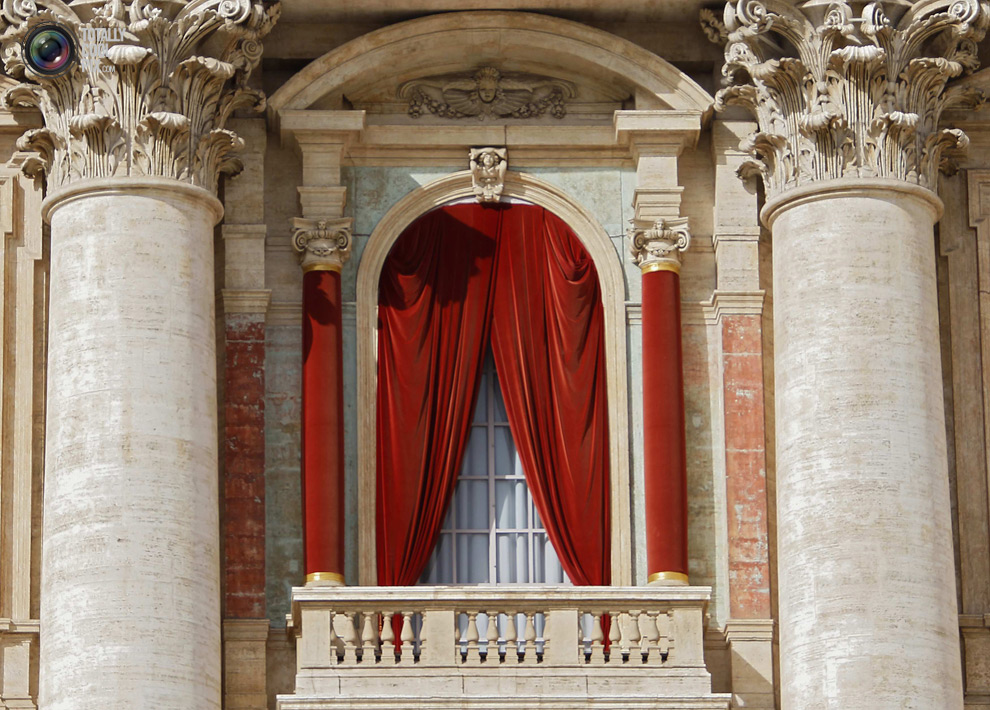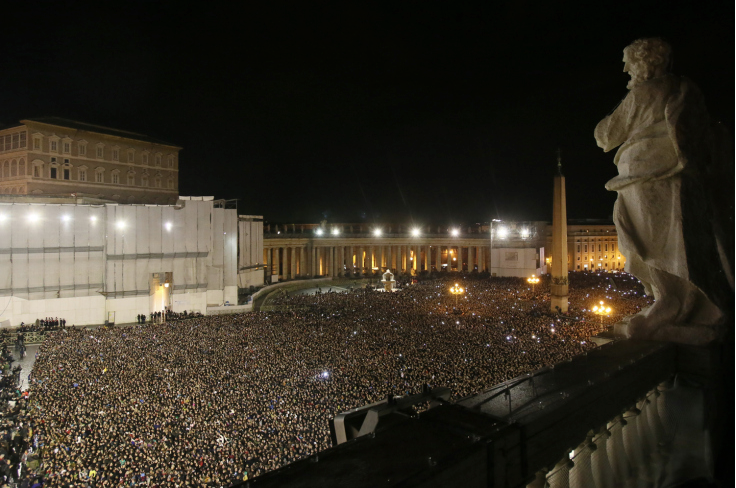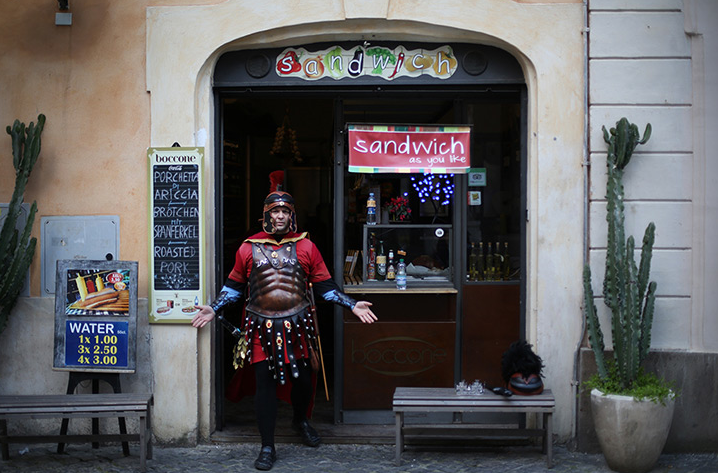The run up to the coronation of Pope Francis this past week was a sight to see. And I mean that in the most literal of terms. For once we get past the litany of “firsts” – first non-European Pope, first Latin American (much, no doubt, to the chagrin of Fox News, who was surely betting on an American Pope, not a Pope from the “Americas”), first Jesuit, and so on – what becomes pretty clear is that what we are witnessing is the ritualized, modernist spectacle of the medieval appointment of a divine rights monarch.
Neither rituals nor spectacles are inherently problematic as a general matter. But what is perhaps important to note in the hundreds, if not thousands, of photographs leading up to the puff of white smoke and then the new Pope’s first public appearance beneath the carefully prepared red curtain that shrouds the Loggia of the Blessings of St. Peter’s Basillica are the ways in which the ritual is colonized by modern mass media technologies to move backwards in time towards the re-feudalization of religious and political power and an era when the public had no visual presence at all. It is a spectacle of absolute sovereignty.
The photograph below is telling in this regard, as it is shot from the Pope’s eye view looking out upon the masses from his balcony. Well above the people below and at some distance the Pope emerges deus ex machina, as through a proscenium arch; God’s lieutenant on earth, he simply appears as if from behind a curtain to be seen and little more. Indeed, there is even the sense in which he need not be seen at all, as the ritual itself guarantees his divine appearance, material or not.
For all of its appeals to social justice, the modern Church remains a secretive, hierarchical, medieval institution, its political machinations hidden from public view, and so there is probably nothing all that strange about this. It is not as if the Catholic Church has ever endorsed or contributed to the emergence of what Jüergen Habermas referred to as the “bourgeois public sphere” or the ensuing late modern politics that recognize the popular sovereignty of multiple publics. What is odd, however, is how the contemporary western mass media have played along, emphasizing—and in its way, valorizing and endorsing— the ritualized spectacle of what has to be among the least democratic, western institutions to wield legitimate social and political power.
But for all that, the occasional photograph slips through to resist the dominant narrative and remind us that an active visual public persists and that such spectacles are often fictions contrived for our edification. As an example, consider this photograph of a Roman Centurion, surely amongst the fiercest warriors of the ancient world, now consigned to hawking bottled water and roasted pork sandwiches made to your specifications in Rome’s Piazza di Pietra.
Rome and the Vatican are not identical, of course, but that this image has made its way into international circulation at the same time that the carefully calculated ritual and spectacle of Pope Francis’s impending enthronement are taking place and it should surely give us pause to consider what we have been seeing—at least on the public side of the curtain—and how we are implicated in it as spectators.
Photo Credit: Eric Gaillard/Reuters; Alessia Paradis/ABACAUSA; Peter Macdiarmid/Getty Images



Views of St. Patrick’s in New York-
http://www.efn.org/~hkrieger/xc031.jpg
http://www.efn.org/~hkrieger/xc037.jpg
from the series, “Churches ad hoc: a divine comedy”.